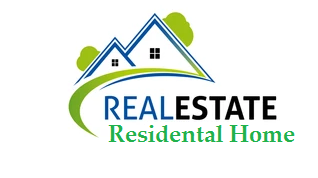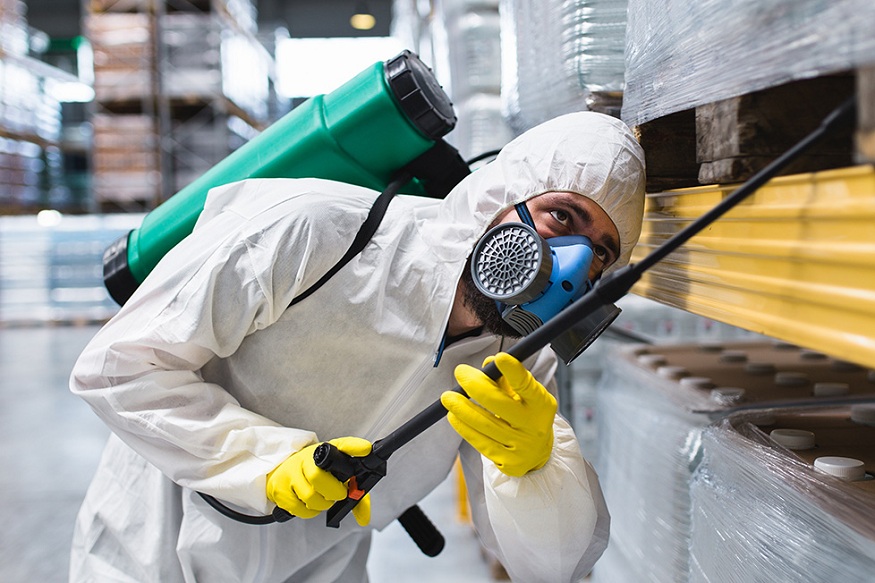As a landlord, it is your job to keep pests out of your rental home. Pests not only ruin your investment, but they also make the place where your renters live unpleasant and maybe even dangerous.
By taking the initiative to use a complete bug control plan, you can greatly lower the chance of infestations and make sure that everyone has a good time living there. To find out more about the difficulties of coping with pests in Vancouver, please see our page.
Regular inspections are the foundation of prevention.
Regular checks are the most important thing you can do to keep pests away. At least once a year, give your property a full inspection, paying special attention to places where pests like to hide and get in. Some of these are:
- Basements and attics: Basements and attics are places that people do not use very often, but they can become havens for rats, bugs, and other pests. Check for droppings, bite marks, nesting materials, and strange smells to see if there has been activity.
- Kitchens and bathrooms: Many pests are drawn to kitchens and bathrooms because they are damp and have food sources. Make sure there are no leaky lines, clogged drains, or places that do not get enough airflow.
- Utility rooms: These rooms usually have pipes and electricity wires, which could be ways for pests to get in. Check the area around pipes and lines for cracks, holes, and weak connections.
Inspections of the outside are just as important:
- Landscape design: Overgrown plants are great places for pests to hide. Cut back bushes and trees that are close to the building’s base so that they can not get to it.
- Places where trash is thrown away: Make sure trash can lids fit tightly and are in good shape. Regularly take out the trash to keep it from piling up and attracting smells.
- Lighting: Nuisances that come out at night may be drawn to dark places. Put up bright lights around the outside and entryways to scare them away.
Seal entry points and prevent pest incursions.
Pests are very good at getting in through even the smallest gaps. Here is how to make your home safer:
- Fill in holes and cracks: Check walls, foundations, windows, doors, and utility lines carefully for any holes or cracks. To seal them well, use caulk, sealant, or steel wool.
- Put up screens: To keep flying insects out, windows and doors should have screens that fit tightly.
- Wrap windows and doors in weatherstrip: Pests can easily get in through gaps around doors and windows. Use weatherstripping to make the fit tight.
- Check and fix door and window frames: Check for any wear and tear or damage that could lead to entry spots.
Maintain a clean environment to discourage pest activity.
Pests are less likely to come to a home that is clean and well-kept. Here are some important steps:
- Encourage proper waste disposal: Encourage proper trash removal by giving renters enough trash cans and making sure they are picked up on time.
- Take care of leaks and moisture problems right away: Fix any taps, lines, or other places where water can build up.
- Encourage cleanliness: Tell your renters to keep their apartments clean by wiping down the tables, putting food in covered containers, and cleaning up spills right away.
Tenant instruction is very important. Include clear rules in your lease deal about who is responsible for pest control and how to properly dispose of trash.
Respond to tenant reports and take swift action.
As soon as you notice a bug problem in a rented property, you should schedule a check, figure out who is responsible, and hire a qualified pest control professional. Putting off taking action can make the infection worse and cause more damage.
Taking proactive steps to stop pests can lower the risk of infestations, protect your property, and make the living space more comfortable for renters, which can lead to a good relationship between the owner and tenant.

